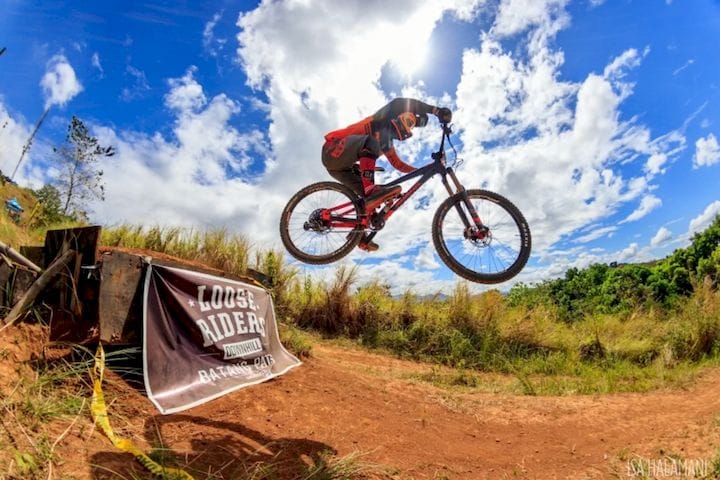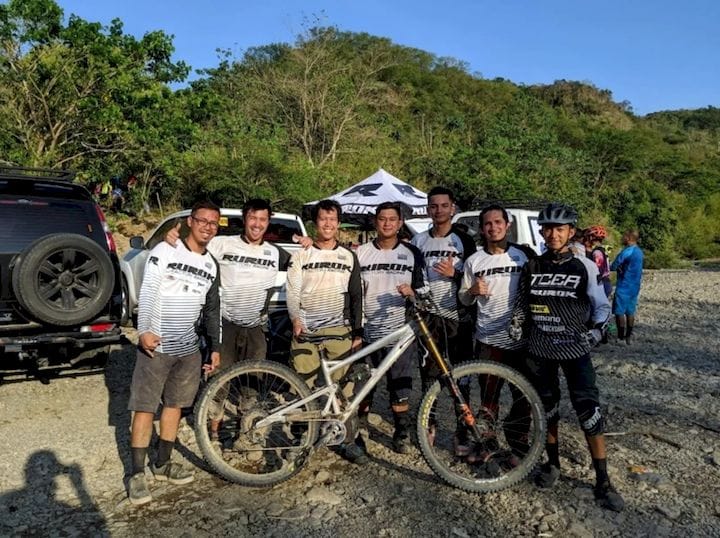
Mechanical engineer PJ Tolentino loves biking on the many mountainous trails in his native Philippines.
These trails are tough, with steep climbs, even steeper descents and nary a level surface. As demanding as these trails are on the rider, they’re just as demanding on the bike, and Tolentino was unsatisfied with the available gear. He and his cycling companions found that even the best bikes on the market could be improved, and Tolentino thought they could do better.
“That was our simple idea, the thought that maybe we could make a better bike,” he said. “After much consideration, we pulled the trigger. We then sold all our bikes just to fund the development of our first product.”
That product was a bike frame called the Cordillera (the name is a Spanish term for a system of mountain ranges and pays homage to the cordilleras of the Philippines).
The Cordillera
All-mountain riding is the biking equivalent of downhill skiing but often without the benefit of a chairlift to the top of the mountain. You have to grind up to the summit. It was during the arduous journey up the mountain that Tolentino, an all-around mountain biking expert, saw what could be improved. In off-road conditions, a shock absorbing suspension system is necessary if you want to go fast and be stable. However, this comes with the trade-off of absorbing the rider’s pedaling power. Whether climbing or descending, you want your energy to be translated to speed, now wasted in the shock absorbers.

Balancing his full-time job as an engineer at a semiconductor company, Tolentino and his friends began designing a unique suspension mechanism that would form the core component of the Cordillera. The design works to keep constant a parameter called anti-squat.
“Think of squat as the tendency of a car to pitch backwards when you step on the accelerator,” Tolentino explained. “We can design suspension systems to produce an opposing force, called anti-squat, to prevent that from happening. Producing the right among of anti-squat is tricky as it is determined by a lot of parameters such as instant center, center of gravity, and chain line angle. Our goal with our suspension system was to generate a constant amount of anti-squat, even as all those parameters change all throughout the movement of the suspension.”
Tolentino took the suspension design and incorporated it into the Cordillera bike frame. With the frame, all-mountain bikers could maintain efficiency whether climbing on smooth ground or with suspension movement during technical rocky terrain. Tolentino and his friends also designed the Cordillera to have a specific geometry which they felt worked best for them after testing several prototype iterations.
The Kanlaon
Cyclists soon began to take notice of the Cordillera, and Tolentino and his team decided it was time to officially form a company for their bike frames. They called the company Rurok Industries, named after the Filipino word for “peak.” Rurok soon set to work on a second bike frame, the Rurok Kanlaon (the highest peak on the island of Negros, Philippines).
Read more at ENGINEERING.com











A manufacturing-as-a-service company has developed a way to 3D print continuous carbon fiber in a production setting.